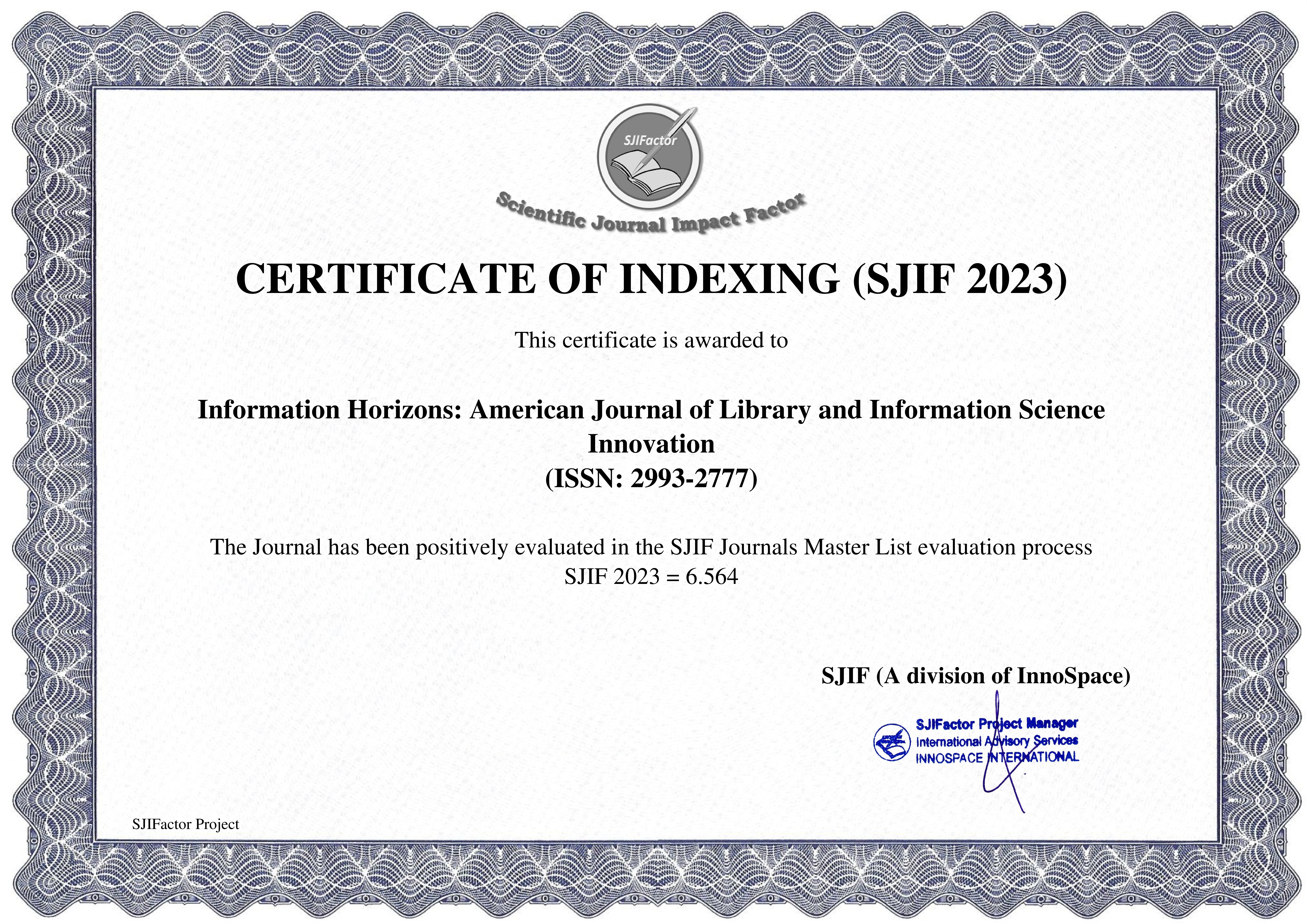Molecular Assessment of Apple Varietal Diversity in Uzbekistan For Genetic Resistance to Fire Blight
Keywords:
fire blight, molecular marker, resistanceAbstract
Apple fire blight (Erwinia amylovora) is the most common diseases of the apple in almost all apple-growing regions. Being a part of Central Asian region, Uzbekistan has a long apple breeding history. Therefore, a large amount of apple varietal diversity is concentrated in this country, which has not yet been evaluated at the molecular genetic level. In the last decade, new commercial varieties have been introduced from different regions of the world, as a result, in recent years there has been a significant increase in diseases that were rarely seen before. Current study is the first aimed to conduct a molecular screening of the local apple varietal diversity to identify distribution of genetic resistance markers to apple fire blight in Uzbekistan.
Molecular genetic analysis of 109 of local apple cultivars growing in three regions of Uzbekistan have been analyzed for resistance to fire blight by using three specific DNA markers. Screening for host genetic resistance to fire blight revealed that 50,45% of Uzbek apple varieties have moderate to high resistance to E. amylovora on genetic level, and 83,48% of varieties have at least one fire blight resistance loci. Revealed genetic diversity indicates great potential of Uzbek varietal apple germplasm for breeding programs. Further studies involving more apple varieties and genetic markers associated with genes or QTLs for valuable agronomic traits including disease resistance need to be done in Central Asia.



